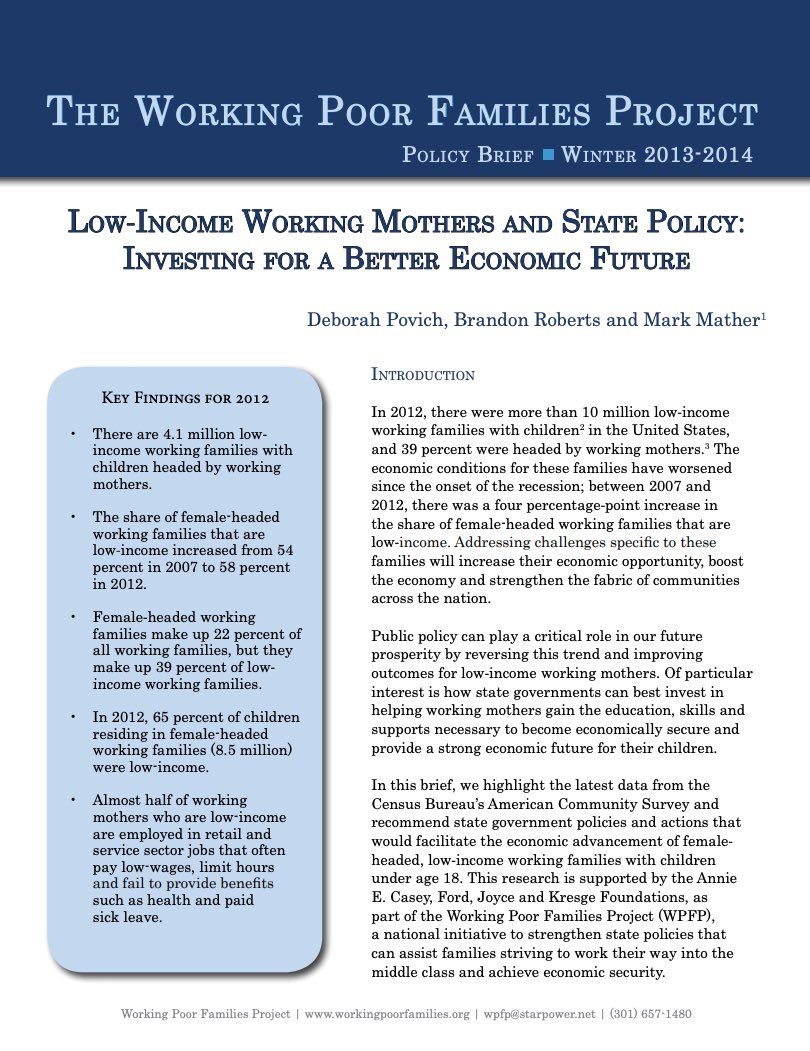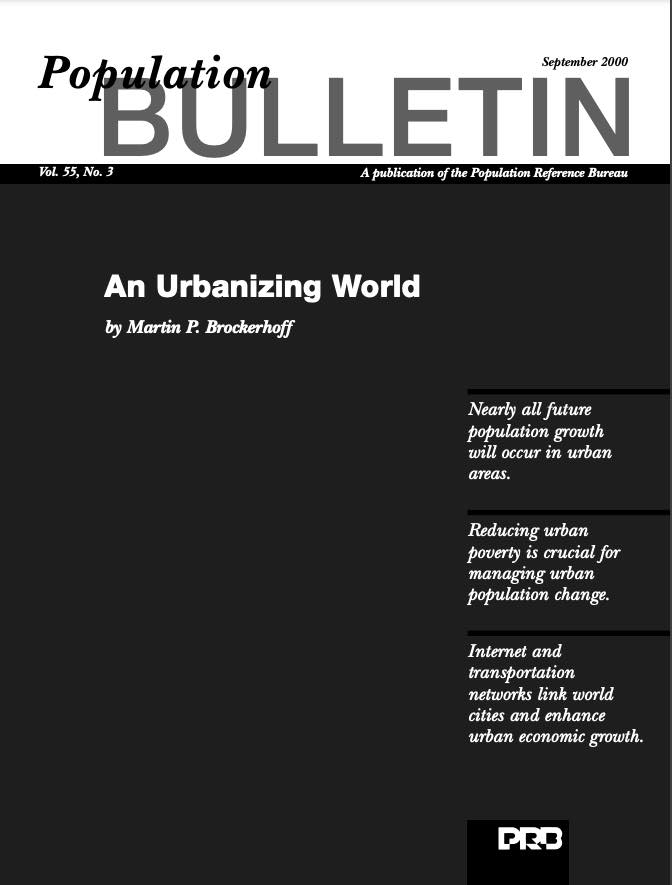Pandemic Prompts New Digital Health Solutions for Family Planning
How programs in India, Nigeria, and Uganda embraced new technology to deliver family planning and maternal health services emphasizing self-care throughout COVID-19.

How programs in India, Nigeria, and Uganda embraced new technology to deliver family planning and maternal health services emphasizing self-care throughout COVID-19.

(2018) Many children may lose public health insurance and nutrition assistance benefits under proposed changes to U.S. immigration policy.

Project: Working Poor Families Project
U.S. working mothers have had a hard time in recent years: Between 2007 and 2012, the share of female-headed working families that are low-income increased from 54 percent to 58 percent, according to a Population Reference Bureau (PRB) analysis of data from the U.S. Census Bureau's American Community Survey.

(2008) Encouraging progress against malaria was made in the Americas and some parts of Asia in the last century, but the first global campaign to stop malaria didn't succeed.


(2016) Latino children currently account for one-fourth of U.S. children under age 18, and by 2050 they are projected to make up nearly one-third of the child population. Of the 18.2 million Latino children currently living in the United States, 95 percent are U.S.-born citizens.

To address the issue of food loss between the field to the end-user, a team from the Indian Agricultural Research Institute (IARI) has designed and evaluated an off-grid, clean energy cooling system for low-income farmers.